House Plant Fertilising Basics
In this Plantify University post, we’ll explore all aspects related to the basic fertilising of houseplants. Some of the questions we’ll cover include when to fertilize; how often; signs that plants are over or underfed. We’ll also look at how to choose a good fertiliser. This information should set you up to support the nutrition needs of your houseplant over its lifetime.

UNDERSTANDING PLANT FERTILIZER
Plants absorb their nutrients from the soil or potting medium they grow in. Most plants arrive from the greenhouse with some fertilizer mixed in already, be it slow release granules, or organic medium in the potting mix, such as compost. As the plant grows, these nutrients are absorbed and depleted, and require replenishing.
Most fertilizers have an N-P-K ratio written as a number on their label. This is the ratio of Nitrogen-Phosphorous-Potassium, each element aiding plant health in a specific way:
- N = Nitrogen, the main building block for Chlorophyll which produces energy for plants. A high ratio of Nitrogen supports strong overall plant growth.
- P = Phosphorous, which supports the formation of a strong healthy root system and the development of buds, flowers and fruit.
- K = Potassium, which helps the stomata (plant leaf ‘mouths’) to open and close, preventing excessive moisture loss. It also helps to regulate the retention of water. The lack of Potassium in the soil can lead to excessive moisture loss and desiccation of your plant.
These numbers are reflected in the ratio in which they are mixed, eg: 3-1-5, 10-6-3 or 10-10-10, allowing the user to quickly assess which aspect of plant health is being promoted.
CHOOSING THE RIGHT PLANT FERTILIZER
Many houseplants are prized for their lush green foliage, and will benefit from a fertiliser that is high in Nitrogen. Or a well rounded, balanced fertiliser with an equal amount of each nutrient, eg: 12-6-6 or 10-10-10 respectively. If you are not sure where to find the ratio on the product, or if the ratio isn’t displayed for some reason, then consider using a reputable organic fertiliser brand to be sure you are meeting the various needs of your plant. You can find a range of organic fertilisers on our website
Take note that some plants need little to no fertilising. Succulents for example typically grow in well draining soils with low mineral content, and have adapted other means of receiving their beneficial nutrients. These plants may benefit only from occasional, very diluted fertiliser. It’s best to read up specifically on the nutrient needs of these plants.

FERTILISING YOUR HOUSE PLANT: WHEN AND HOW OFTEN?
Fertilising is beneficial during the active growing season which is Spring through Summer. At this time, plants have exited the colder seasons and are actively using their resources and nutrients for new growth and reproduction. Fertilising during this time supports the plant in forming new foliage, stems and ultimately flowers and seeds (although the latter can be uncommon for houseplants, as this requires plenty of light).
During this growing season, we suggest fertilising your plants every second time you water, following the application instructions carefully, e.g. how much to dilute.
Plants enter their dormancy in early Autumn throughout Winter. The rates of water and nutrient absorption has been reduced dramatically, evidenced by the slow to no growth during this time. Feeding your plant during this time can compromise its health. Adding more and more unabsorbed nutrients changes the mineral composition in the soil. Too much fertilizer can burn the roots and cause symptoms such as weak and leggy growth, foliage spots and even potentially death. As you notice the plant “pushing out new growth” at the beginning of Spring or close to, this is your sign to start feeding it again.
Though we discourage feeding during the Winter months, it is noted that depending on your home environment, tropical plants grow year-round and can still actively grow in Winter. This means they may still need support and feeding can be continued until growth has slowed or ceased altogether.
Whilst the time of day is not super important, we suggest feeding your plants in the morning, as this gives it more time to absorb nutrients during the active part of the day.
3 SIGNS YOUR PLANT NEEDS FERTILIZING
Here are some telltale signs that your Plant needs feeding:
- Whole leaves turning yellow: If you have ruled out other common causes for yellowing leaves, such as overwatering or not enough light, then it may be that your plant is lacking Nitrogen.
- Slow or stunted growth and purple undersides of leaves: Slow growth during the active growing seasons, as well as stunted or deformed growth, may be due to an accumulation of a pigment of anthocyanin which is caused by a lack of potassium in your plants.
- Pale yellow foliage with dark green veining: This is a sign that your plant may be suffering from a magnesium deficiency. Magnesium is a trace element in most fertilizers and is there to help with keeping plant enzymes healthy for the production of carbohydrates, fats and sugars that provide your plant with energy.
For more on Plant Care Troubleshooting, Checkout our 2-Step Plant Health Guide.

HOW TO EFFECTIVELY FERTILIZE
Generally speaking, fertilizers come in three formats, both of which requiring different methods of application. Be sure to follow the instructions for effective feeding outcomes:
- Liquid and water-soluble fertilisers: These are usually diluted in the water you will use for watering your houseplants. When you want to fertilise, replace one of your watering days with a fertilising day rather than adding an extra day to your schedule. Shop liquid fertiliser.
- Slow-release fertilisers: These usually come in a pellet or grain form. To use them, simply sprinkle and mix them into the top layer of the potting medium. The plant will slowly release small amounts of nutrients into the soil, every time you water. Generally speaking, these can be effective anywhere from 4 to 6 months. Shop Slow release fertiliser.
- Re-potting Houseplants: You can use re-potting as another fabulous way to support your plants with fertilising. When repotting it can be beneficial to amend your potting soil with extra well rotted compost or worm castings. These items will add extra nutrients into the sterile potting mixes, providing your houseplant with a much needed boost. Though note, when using this method it is best to dilute your regular feed to avoid overfertilisation.
TOP TIP: In the case of water-soluble or liquid fertilizers, it is good practice to water your plant first and then to water with the fertiliser-water mixture. This results in improved and even absorption of nutrients.
With these tips, you should be able to support your plant happily and healthily for some time. Let us know how you go, in the Comments below.





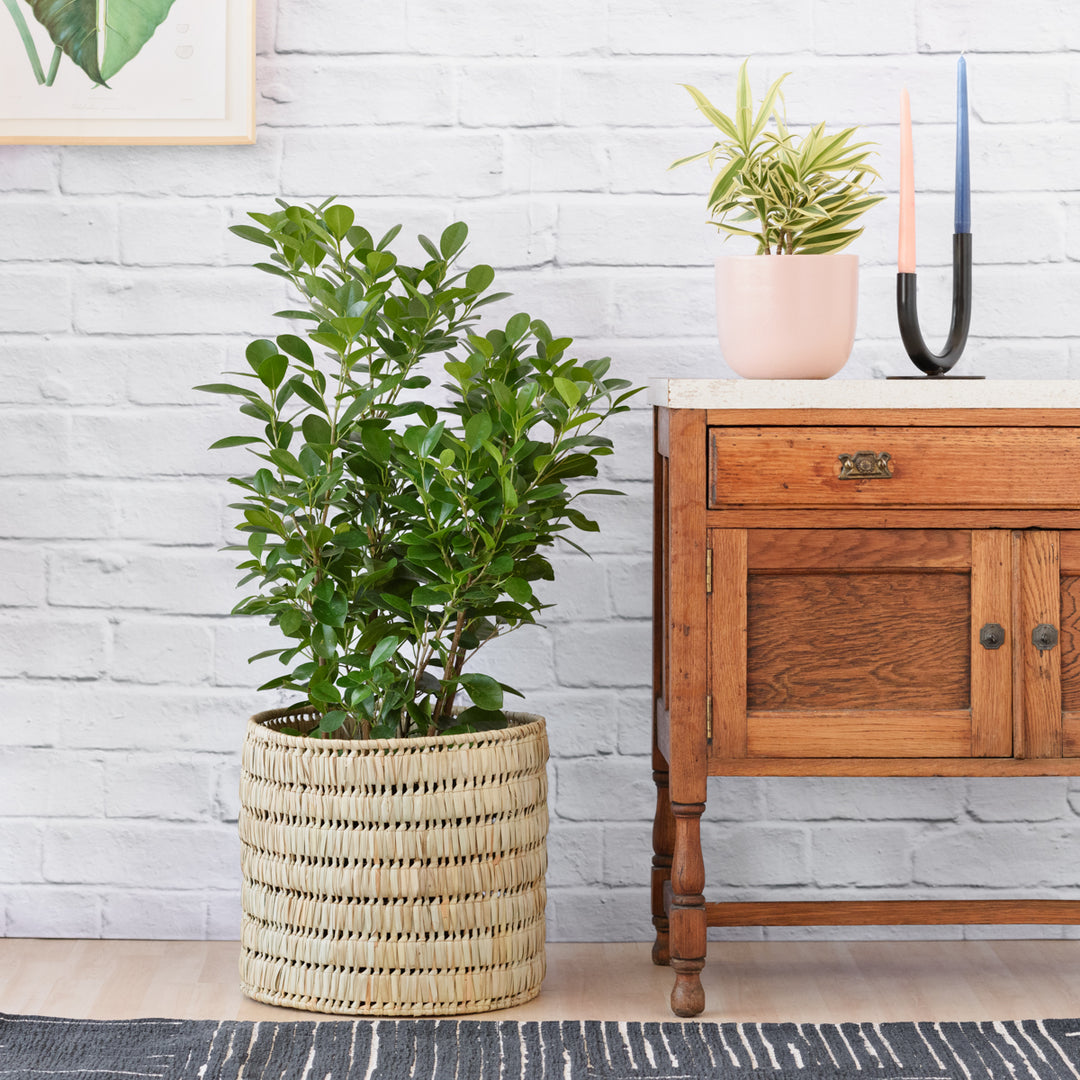
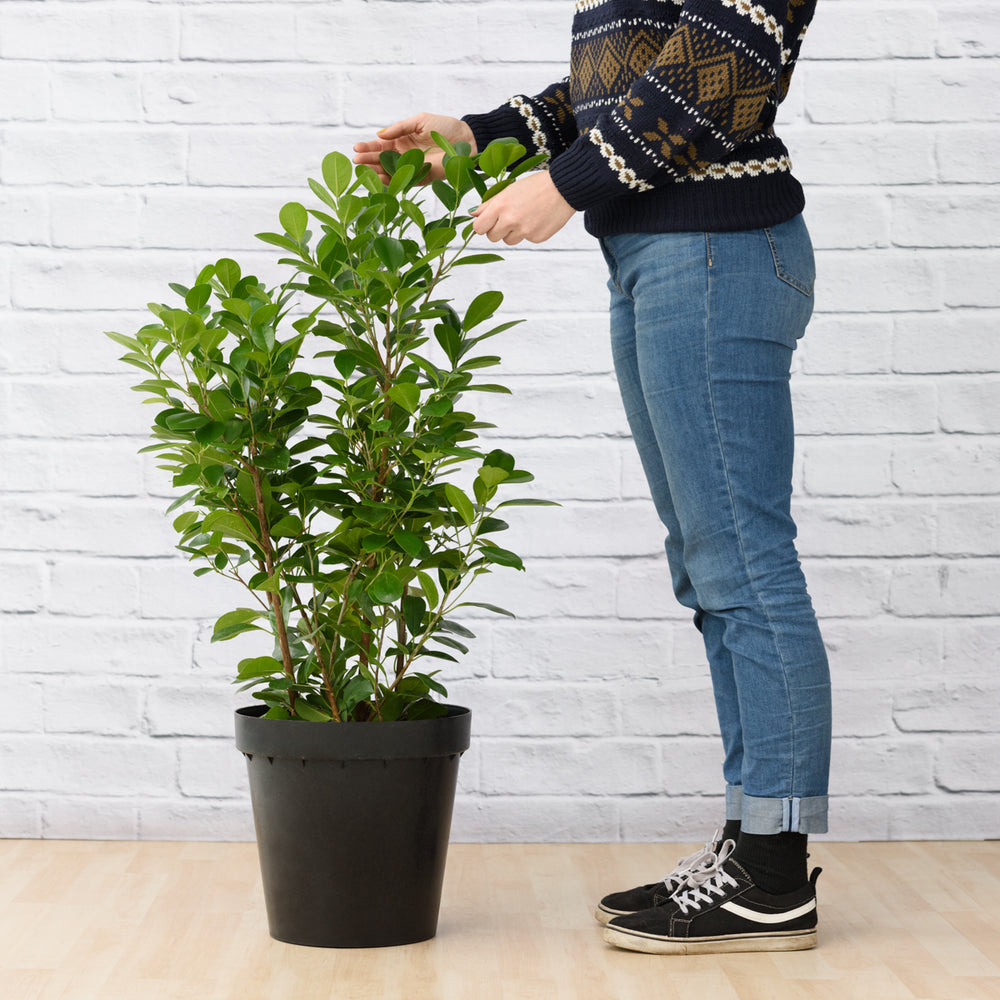

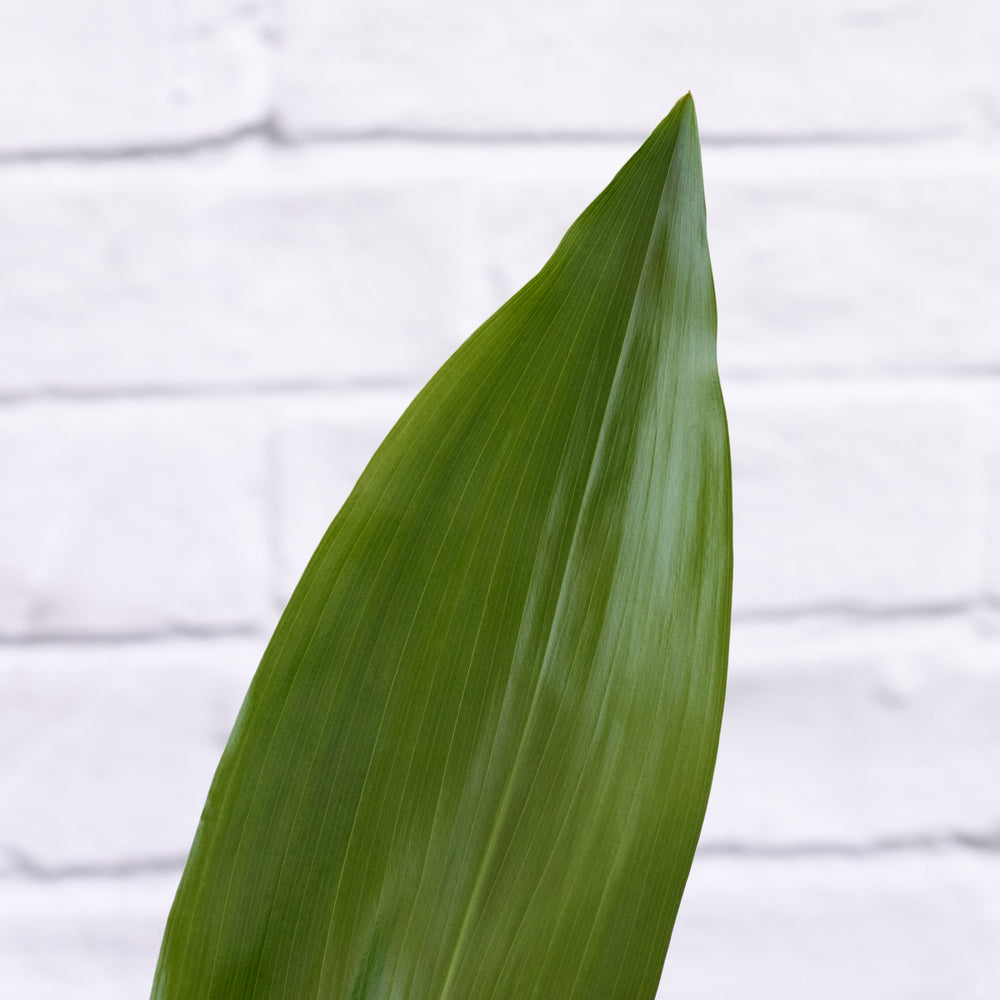
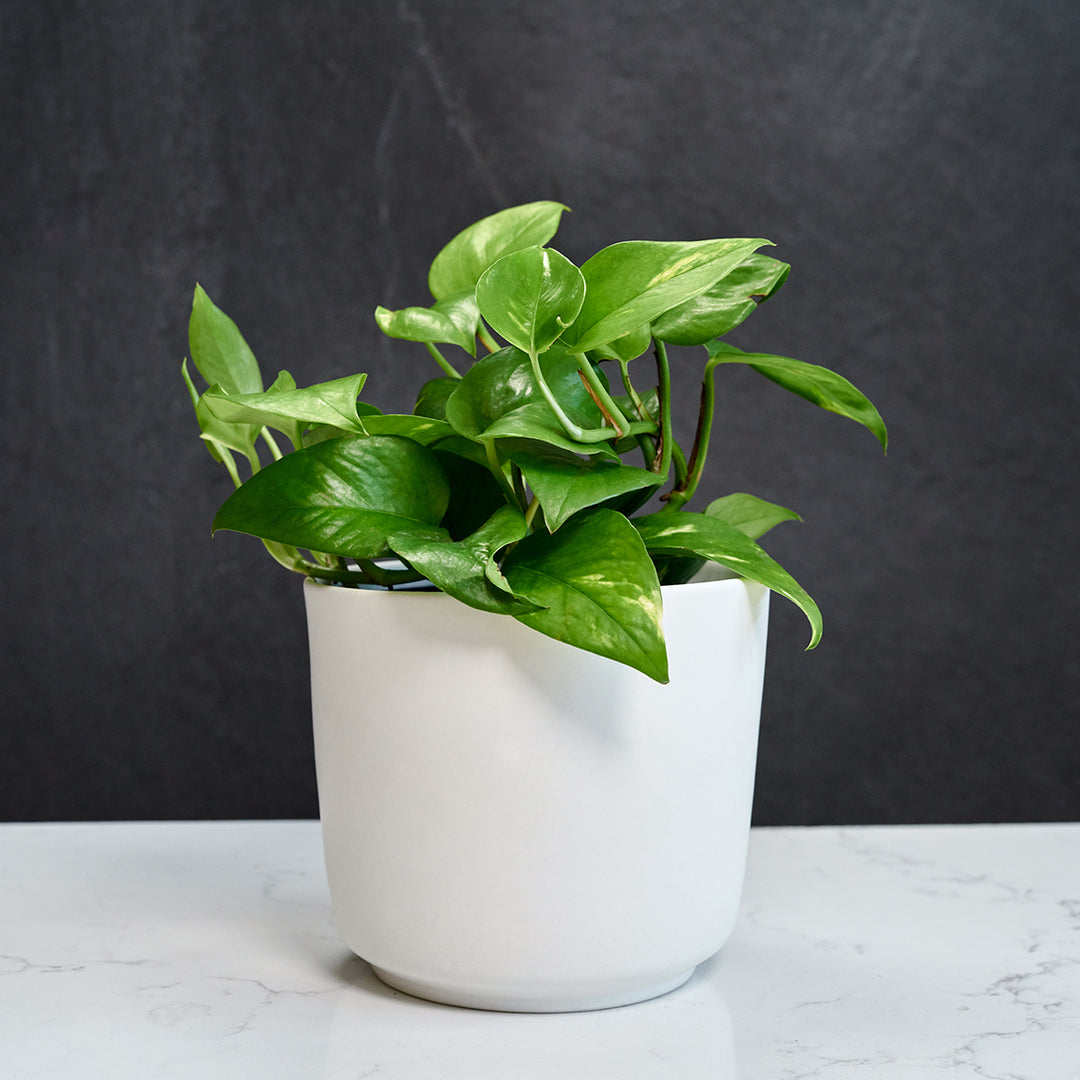
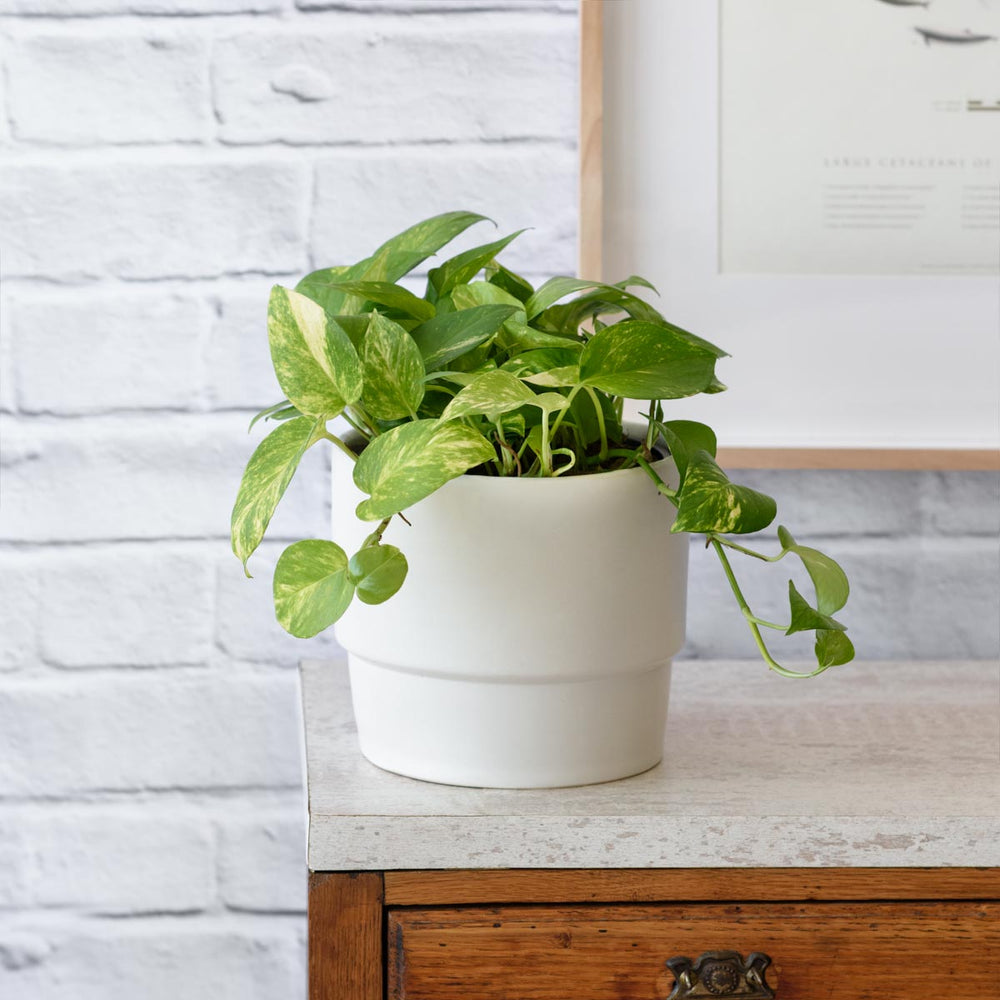
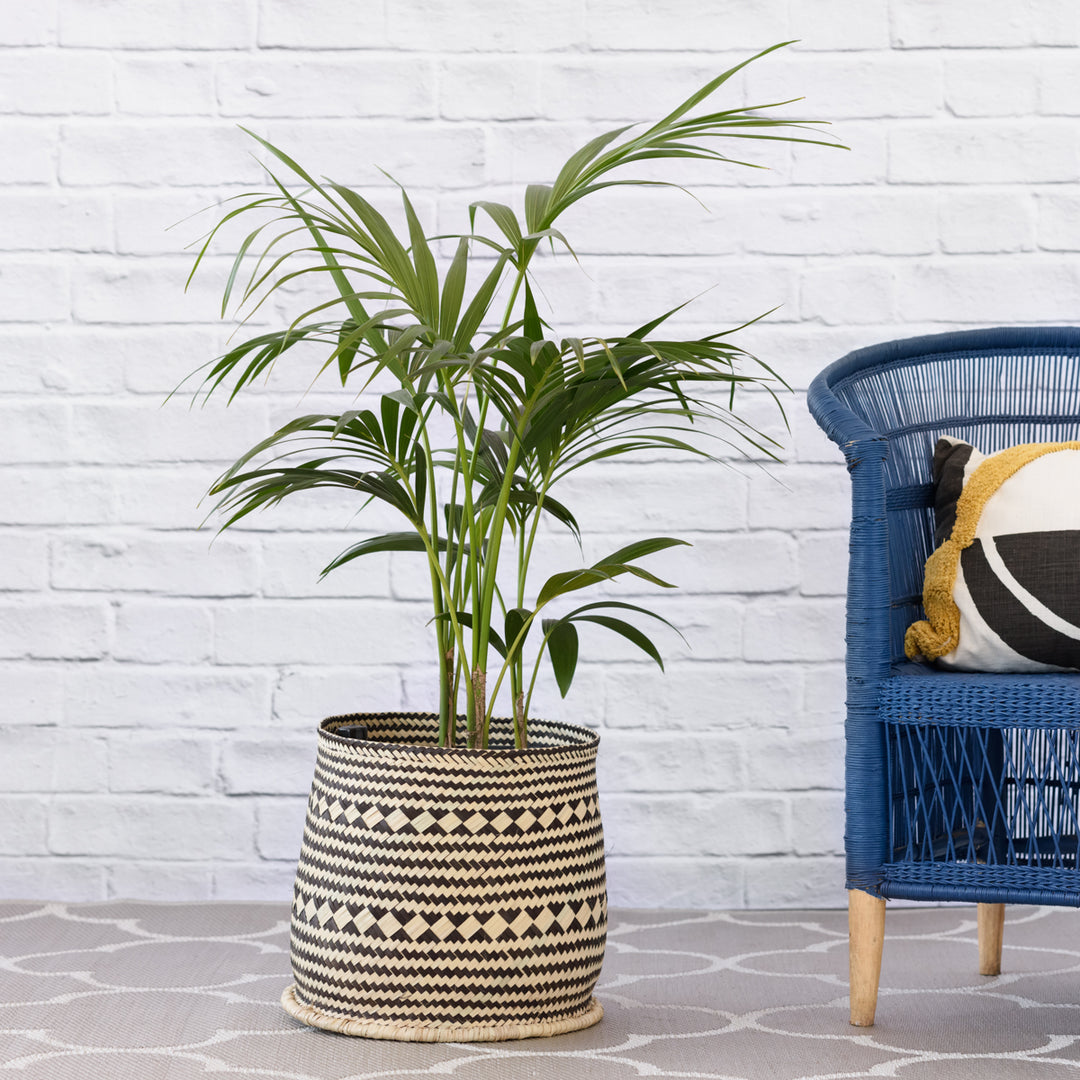
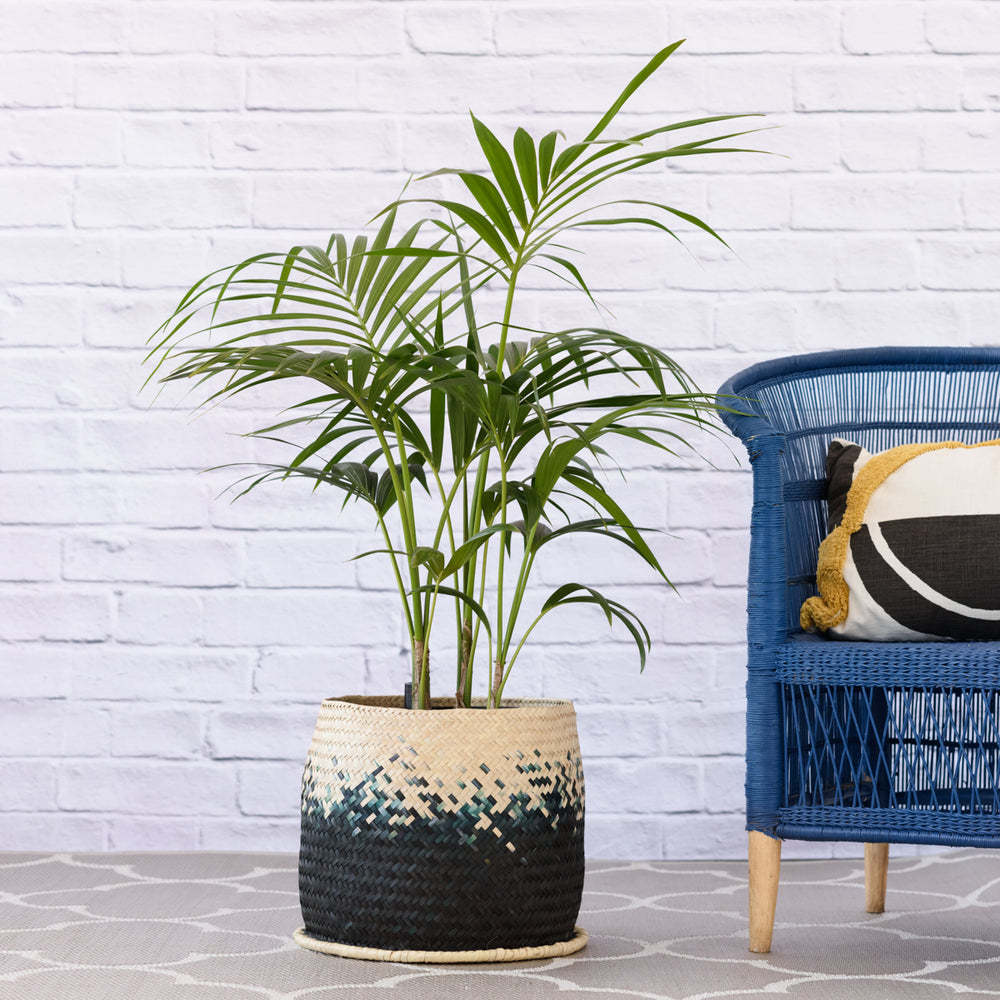


I’ve had my fair share of ‘plant allergies,’ not knowing when or how to fertilize properly, so this guide is a real game-changer. Thanks for the insights!
Hi i have a Alocasia Wentii the leaves are starting to turn yellow slowly i have definitely not give it too much water or too little, i gave it some nitrosol as i thought it has a nitrogen deficiency but doesnt seem to be working. HELP PLEASEEEE!!
I love your Plantify Journal. I’m always learning something. Thank you so much. I’d love to chat more about House Plant Compost. Who is best to chat to? Happy to email? Let me know. Thanks so much.
Anyone have a recommended regimen for potting ( repotting ) and fertilizing Amarilla and Anthirium?
Leave a comment